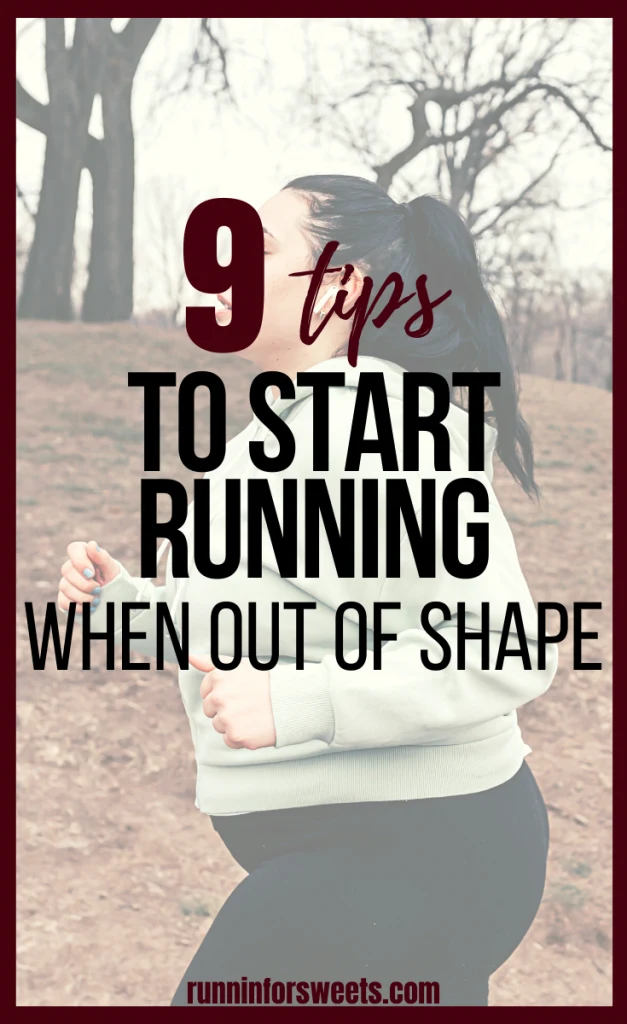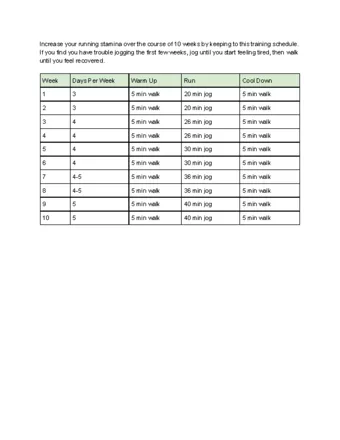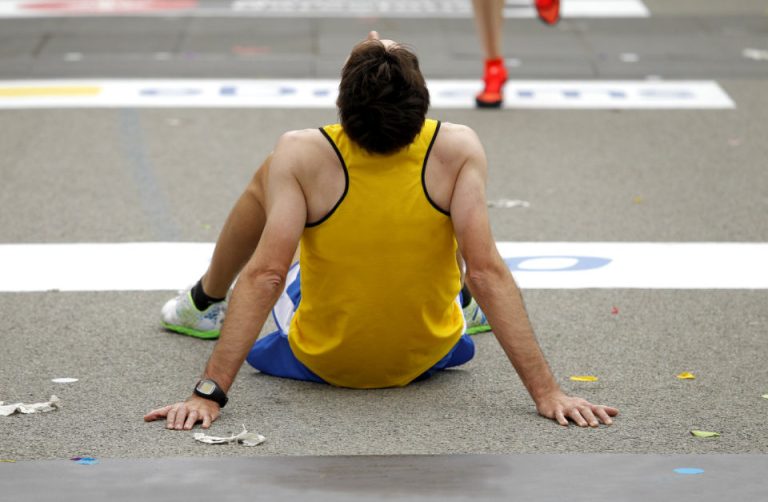Complete Foam Rolling Guide For Runners
Foam rolling is essential for runners to prevent injury and improve recovery after workouts. This guide covers proper techniques and benefits.
Runners often overlook the importance of foam rolling in their training routines. However, incorporating foam rolling can help in maintaining healthy muscles, increasing flexibility, and reducing post-run soreness. By targeting specific muscle groups such as the hamstrings, quadriceps, and IT band, runners can enhance their performance and prevent common injuries.
In this complete foam rolling guide for runners, we will explore the key benefits of foam rolling, the best practices for foam rolling exercises, and how to integrate foam rolling into your running regimen for optimal results. Let’s dive in and discover the advantages of foam rolling for runners.
Benefits Of Foam Rolling For Runners
Foam rolling provides numerous benefits for runners, including improved flexibility, increased circulation, faster muscle recovery, and reduced muscle soreness. Incorporating foam rolling into a runner’s routine can help prevent injuries and enhance overall performance. This complete foam rolling guide for runners provides essential techniques and tips for maximizing the benefits of foam rolling.
Benefits of Foam Rolling for Runners Foam rolling is an essential practice for runners to enhance their performance and prevent injuries. By incorporating foam rolling into your routine, you can experience various benefits that contribute to your overall well-being and running capabilities. Improved Recovery Time Foam rolling aids in the reduction of muscle soreness and accelerates the recovery process after intense running sessions. Regular foam rolling helps to alleviate tight and tense muscles, allowing for quicker rejuvenation of the body, and reducing the downtime between training sessions. Increased Range of Motion By utilizing foam rolling techniques, runners can effectively improve their range of motion. This allows for smoother and more fluid movement during runs, leading to enhanced performance and reduced risk of injury. The increased flexibility gained through foam rolling can also contribute to proper alignment and posture during runs, benefiting overall running mechanics. — Incorporating foam rolling into your running routine brings a plethora of advantages, including enhanced recovery time and increased range of motion, both of which are key factors in improving performance and reducing the risk of injuries. Essentials such as improved recovery time and increased range of motion will significantly benefit runners, allowing for a more efficient and enjoyable running experience.
Credit: www.pinterest.com
Choosing The Right Foam Roller
Choosing the right foam roller is crucial for runners to maximize the benefits of their foam rolling sessions.
Different Types Of Foam Rollers
- Standard Foam Roller
- Textured Foam Roller
- Vibrating Foam Roller
- Short Foam Roller
Considerations For Runners
- Density: Opt for a firm foam roller to effectively release tension in muscles.
- Size: Choose a longer roller for stability and balance during rolling sessions.
- Texture: Textured rollers provide deeper tissue massage for runners with tight muscles.
- Portability: Consider a compact foam roller for on-the-go muscle recovery.
| Foam Roller Type | Best For |
|---|---|
| Standard Foam Roller | General muscle soreness |
| Textured Foam Roller | Targeting specific muscle knots |
| Vibrating Foam Roller | Enhanced muscle recovery |
| Short Foam Roller | Travel and quick relief |
Foam Rolling Techniques For Runners
Discover the complete foam rolling guide tailored specifically for runners. Learn various techniques and exercises to effectively release muscle tightness, improve flexibility, and enhance overall running performance. Get valuable insights on how to integrate foam rolling into your running routine for maximum benefits.
Foam rolling techniques can greatly benefit runners by aiding in muscle recovery and flexibility. Proper foam rolling can alleviate muscle tightness and improve overall performance. Here are some key foam rolling techniques tailored specifically for runners:| Foam Rolling Technique | Description |
|---|---|
Quadriceps Foam Rolling |
Focus on rolling the front of your thighs to relieve tightness and enhance mobility. |
It Band Foam Rolling |
Roll along the outer thigh area to address IT band tightness common in runners. |
Calf Foam Rolling |
Roll your calves to reduce muscle soreness and enhance blood circulation. |
- Remember: Proper form is crucial to maximize the benefits of foam rolling.
- Consistency in incorporating these techniques into your routine is key for optimal results.
- Start with gentle pressure and gradually increase intensity as needed.
- Listen to your body and adjust the pressure based on comfort level.
Tip: Perform these foam rolling techniques post-run for best results.
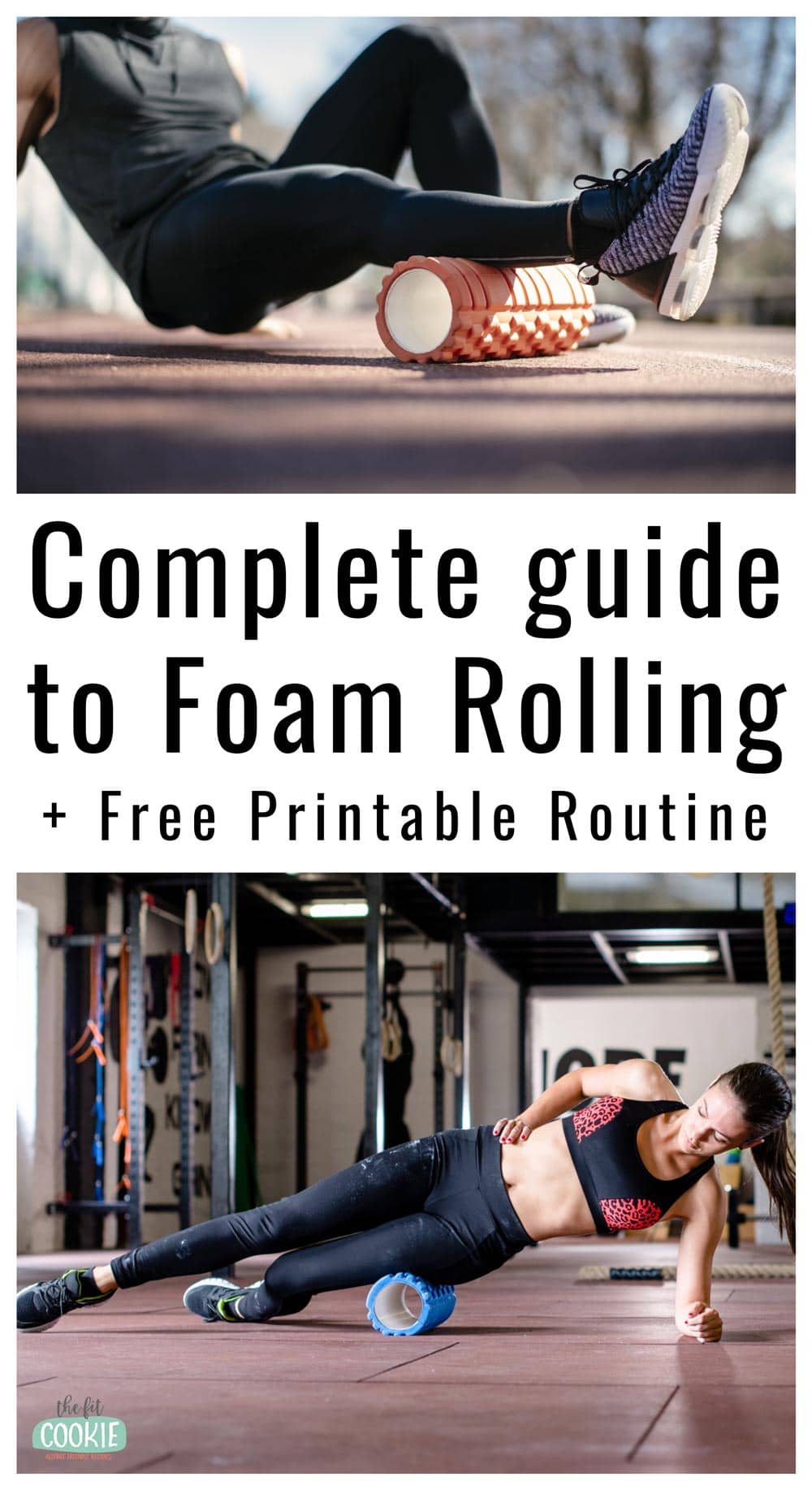
Credit: thefitcookie.com
Foam Rolling Pre- And Post-run
As a runner, integrating foam rolling into your pre- and post-run routines can significantly enhance your performance and recovery. This practice can help you maintain flexibility, prevent injuries, and alleviate muscle soreness. By incorporating specific foam rolling techniques before and after your runs, you can optimize your overall running experience and reduce the risk of muscle tightness.
Pre-run Foam Rolling Routine
Prior to hitting the pavement, it’s crucial to prepare your muscles for the demands of running. An effective pre-run foam rolling routine helps to enhance blood flow, increase mobility, and activate muscles. Consider completing the following foam rolling exercises before your run:
- Quadriceps: Using a foam roller, apply moderate pressure to your quadriceps. Roll from your hip to just above the knee and focus on any tight spots for about 30 seconds on each leg.
- Calves: Sit on the floor with your legs extended and place the foam roller under your calves. Roll from your ankles to just below the knees for 30 seconds on each leg.
- IT Band: Lie on your side with the foam roller placed under your upper leg. Roll from your hip to just above the knee, concentrating on any areas of tension for 30 seconds on each side.
Post-run Foam Rolling Routine
After completing your run, engaging in a post-run foam rolling routine can aid in reducing muscle tightness and accelerating the recovery process. The following foam rolling exercises are beneficial for addressing tightness and soreness after running:
- Hamstrings: Position the foam roller under your thighs and roll from the hips to the knees, targeting any areas of discomfort for approximately 30 seconds on each leg.
- Glutes: Sit on the foam roller with one leg crossed over the opposite knee. Roll over one buttock at a time, focusing on tight areas for around 30 seconds on each side.
- Lower Back: Lie on the foam roller with it positioned under your lower back. Gently roll back and forth to release tension in the muscles for about 30 seconds.
Common Mistakes To Avoid When Foam Rolling
Foam rolling offers a plethora of benefits for runners, such as improving flexibility, increasing blood flow, and reducing muscle soreness. However, to reap these benefits, it’s important to foam roll correctly and avoid common mistakes. In this article, we will discuss the most common mistakes runners make when foam rolling and how to rectify them.
Rolling Too Fast
Foam rolling too fast can do more harm than good. When you roll too quickly, you fail to give your muscles enough time to release tension and relax. Instead, you simply glide over the surface of the muscle without providing any considerable pressure.
To avoid this mistake, start by positioning the roller on the targeted muscle group. Slowly roll back and forth, focusing on any tight or sore spots. As you encounter these areas, pause for a moment to allow the pressure to aid in muscle recovery. Continue with slow, controlled movements to ensure maximum effectiveness.
Applying Too Much Pressure
While applying pressure during foam rolling is crucial, applying too much can lead to pain or injury. When excessive pressure is applied, your muscles tend to tense up rather than releasing tension. It’s important to strike a balance between applying enough pressure to provide relief and avoiding excessive force.
To find the optimal pressure, start by applying moderate pressure during your foam rolling routine. Gradually increase the intensity until you feel a deep, tolerable sensation. Remember that foam rolling should never cause excruciating pain. If you are experiencing discomfort, ease off the pressure slightly to prevent any unnecessary strain on your muscles.
To summarize:
- Start with slow, controlled movements.
- Pause on tight or sore spots to allow the pressure to aid in muscle recovery.
- Gradually increase pressure until you feel a deep, tolerable sensation.
- Never push yourself to the point of excruciating pain.
Avoiding these mistakes will ensure that your foam rolling sessions are effective and help you maximize the benefits for your running performance. So take your time, find the right pressure, and enjoy the rejuvenating effects of foam rolling on your muscles.
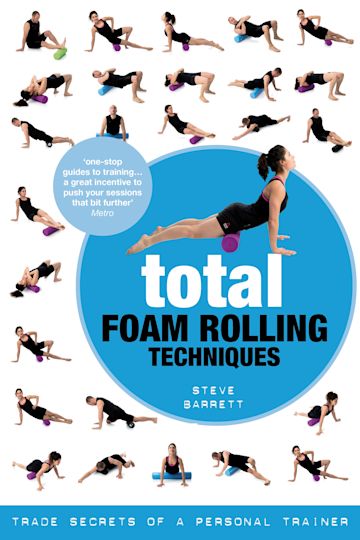
Credit: www.bloomsbury.com
Frequently Asked Questions On Complete Foam Rolling Guide For Runners
Is Foam Rolling Good For Runners?
Foam rolling is highly beneficial for runners as it helps alleviate muscle tightness, improves flexibility, and aids in injury prevention.
How Often Should Runners Foam Roll?
Runners should aim to foam roll at least 2-3 times per week to effectively release muscle tension and promote optimal muscle recovery.
What Are The Best Foam Rolling Exercises For Runners?
Some of the best foam rolling exercises for runners include rolling the quads, IT band, calves, and glutes. These exercises target key muscle groups used during running and help improve overall performance.
Conclusion
Incorporating foam rolling into your running routine can help prevent injuries and improve overall performance. By targeting specific muscles, foam rolling can aid in recovery and enhance flexibility. Make sure to incorporate these foam rolling techniques into your training regimen for optimal results.
Start rolling and feel the difference in your running experience!

